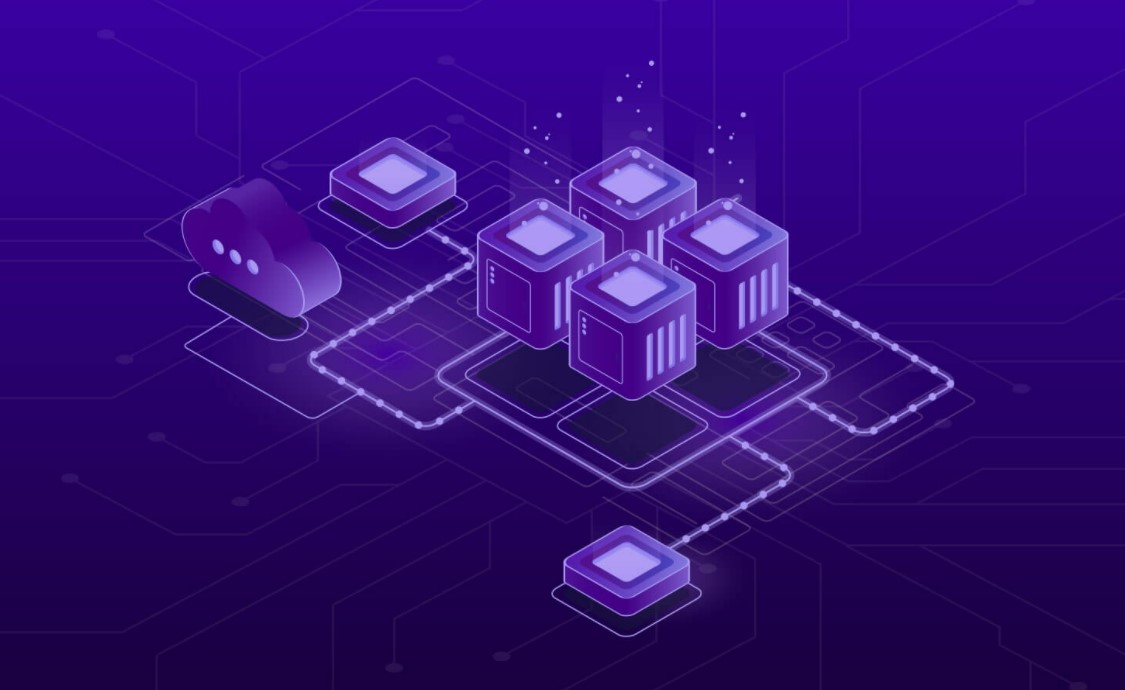The accelerated acceptance of cloud services has increased the migration of on-premise and physical infrastructure to cloud datacenters. It brings advantages like reduced IT costs, scalability, business continuity, data security, data recovery, and efficiency.
Today, cloud service providers give the provision of automating infrastructure too. It led to the development of the concept of infrastructure as code. Infrastructure as a code is just another implementation of DevOps. Other applications like CI/CD, configuration management, test automation, containerization, & Orchestration have shortened the life cycle of software development. Therefore, DevOps has become a necessity for thriving in the market.
Why use infrastructure as Code?
Infrastructure management looks over the performance of the infrastructure elements required for the software to provide business value. It includes managing physical equipment like endpoints, and servers as well as virtual elements like network and app configurations.
DevOps engineers are typically in charge of IT infrastructure. They must keep it adaptable, scalable, secure, and controllable. To accomplish these objectives, DevOps engineers containerize applications. These applications are deployed and managed by using tools such as Docker.
Containerization enables the running of an application in a manageable cluster without the need for manual configuration of the application and following documentation step by step. Engineers can instead use a Dockerfile to record changes and move code from one environment to another.
A containerized application can run on a physical server, a virtual machine, or a cloud service. A cloud service is the most convenient option because it has far more advantages than disadvantages.
Once the application was deployed on the cloud, DevOps engineers started working on the environment. Cloud providers offer capabilities of generating instances in some seconds. Not only, just instances but also different required infrastructure like VPN, private and public subnets, gateways, and many other components.
Infrastructure as code is a package of files that describes the customization you have done in the cloud characteristics’. After configuring files, you just need to run a few commands to get everything up and running.
Automating infrastructure management processes will help you reap the following benefits:
- Time-saving on repetitive tasks
- Speeding up of application deployment
- Reduction in human error
- Increased project scalability
- Easy knowledge transfer to other teams.
- Develop documentation faster.
Introduction to Terraform
Terraform is an open-source infrastructure as code developed by HashiCorp. It empowers users to define the infrastructure using high-level configuration language known as HashiCorp Configuration Language or JSON. It supports all major cloud computing services such as AWS, Azure, and Google cloud platforms.
Installing Terraform is easily done in Linux and Mac OS while Windows face some challenges in installing. Hence, it is recommended to use a UNIX system running in a docker container.
For a better experience, use Terraform with Terragrunt. Terragrunt is a wrapper that allows you to store infrastructure configurations.
With these pros, terraform is one of the most convenient choices to automate cloud infrastructure management.
Cons of managing infrastructure with Terraform
Implementation of terraform had led us to discover its limitations which are as follows:
- Tedious to manage complex configuration change: When terraform is used by multiple teams, changing project infrastructure takes more time than doing it manually. Any change in configuration has to be committed, tested, and implemented.
- Complexity in permission management: DevOps engineer requires a super account with elevated access rights to work on terraform. It would be difficult to divide infrastructure into several parts and separate access rights to DevOps engineers.
- Late Deployment of product-specific features: A latency has been observed in delivering product-specific features when terraform developers work for AWS CloudFormation, AWS Cloud development Kit, etc.
Conclusion
Automating cloud infrastructure management can reduce the time and effort required by DevOps engineers to configure the infrastructure of cloud-based projects. With tools like Terraform, you can configure infrastructure in one go and then can reuse it on other projects. Feel free to reach out to us at contact.us@virtuetechinc.com in case of any suggestions and queries.




